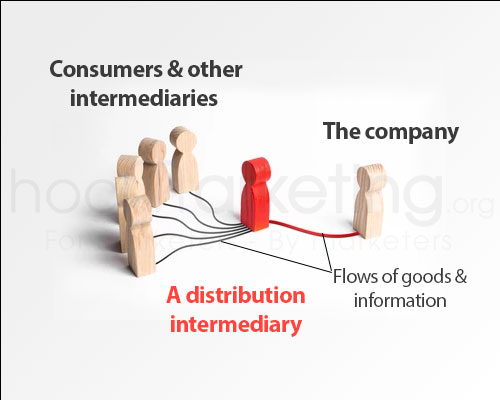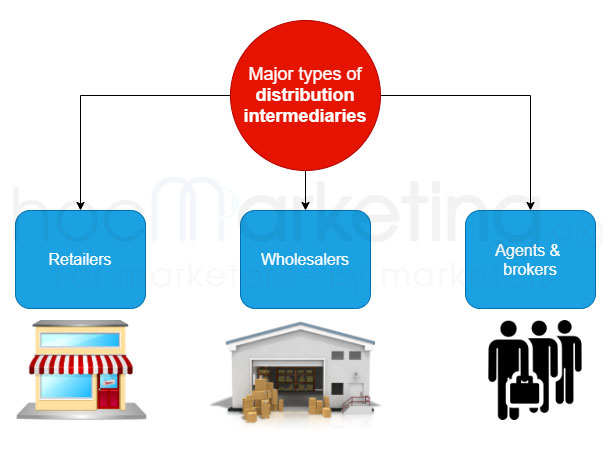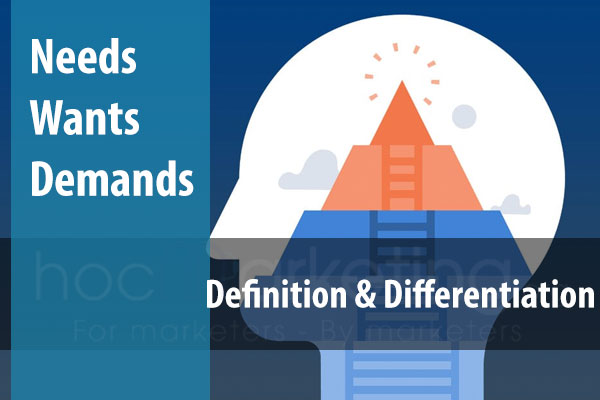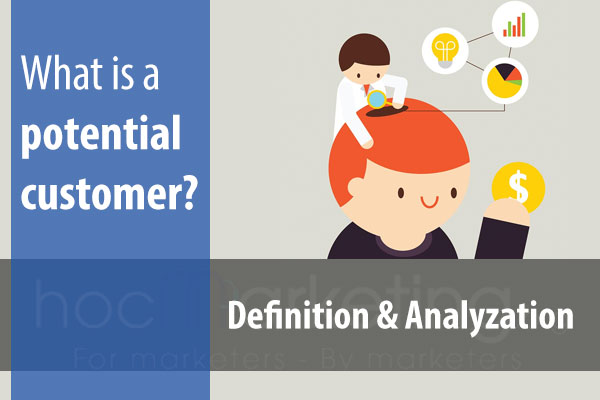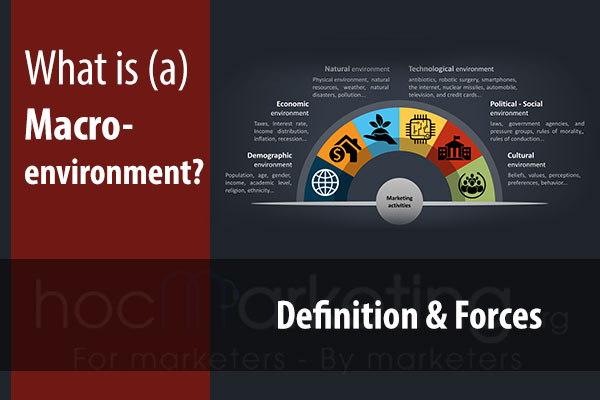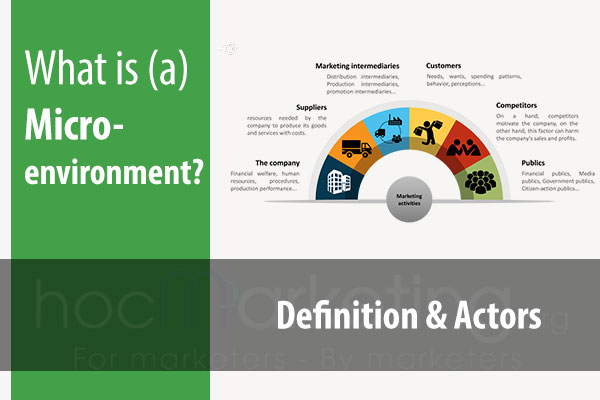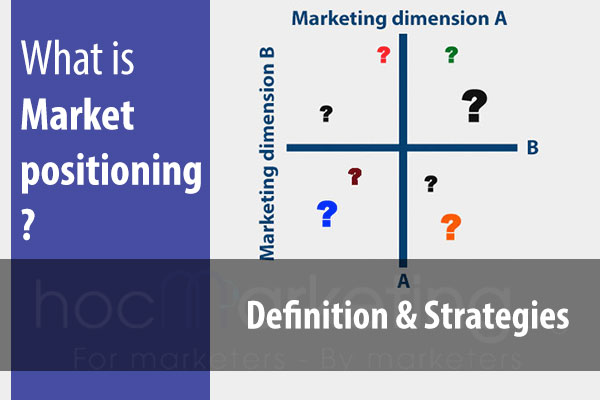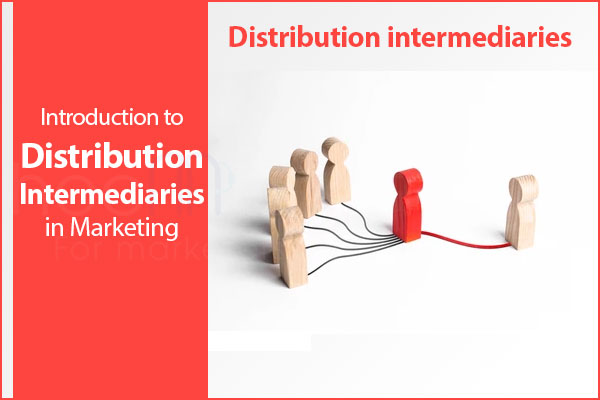
Distribution intermediaries in Marketing

The article will discuss the definition, roles of distribution intermediaries in Marketing and provides some examples of when an intermediary might use content marketing to promote their product or service.
A marketing plan often involves a number of distribution intermediaries. As the intermediary, it is important to understand that your role is not only to distribute and promote but also to be aware of what you are distributing. By understanding the product or service, as well as its target market, you can help ensure success for all parties involved in marketing campaigns.
The article will discuss these points and provides some examples of when an intermediary might use content marketing to promote their product or service.
Definition of Distribution intermediary
What is an intermediary?
An intermediary is someone or something that assists others in a particular task. They can help with conflict, offer advice, or connect people to important information.
What is a distribution intermediary?
A distribution intermediary is any individual or company that can sell your product to its end user. This includes cooperative retailers like Costco and Sam's Club, wholesale companies like Sysco and Baker Hughes, brokerages like Wal-Mart Stores Inc., regional warehouse clubs such as BJ's Wholesale or Cost Plus World Market Warehouse; auction houses like Christies and eBay—and online retailers such as Amazon.
Roles of distribution intermediaries in Marketing
Distribution intermediaries are needed in marketing because they can sell your products to different retailers in an easier way. Some key benefits of using a distribution intermediary include:
- Reduced costs from simplified logistics and variability reduction
- Less time to get goods on the shelf by cutting down on "last mile" issues, such as transportation delays and supply reliability.
- Improved product visibility with increased opportunities for sampling or proximity promotions.
- Greater opportunity to strengthen brand equity by differentiating the flow of goods from the manufacturer.
Categories of distribution intermediaries
Retailers
Retailers are individuals or organizations that receive a business's goods directly or through wholesalers, and resell them to end consumers.
Examples of well-known retailers:
- Walmart
- BJ
- Cost Plus World Market Warehouse
- Christies
Wholesalers
Wholesalers are individuals or organizations that receive a business's goods directly or through exchanges with termites, and redistribute them to retailers.
Examples of well-known wholesalers:
- Costco
- Cost Plus World Market Warehouse
- Christies
- BJ's Wholesale
Agents & brokers
Agents and brokers are individuals or organizations acting on behalf of a business in the search, promotion, communication and negotiation with wholesalers.
Examples of well-known agents and brokers:
- Christies (goods)
- Manpower, Career link (human resource)
How do distribution intermediaries work with marketers to reach their target audience?
Distribution intermediaries work with marketing agencies by providing access to previously unavailable markets. If you've created a product that's not selling well, it may be because your target audience isn't seeing it. Distribution intermediaries exist to help marketers reach more customers and provide them with their desired products or idea. They act as a go-between, negotiating on your behalf and providing you with the best deal.
Distribution intermediaries are not sales reps or representatives who push for a sale. Instead, they're middlemen who negotiate between you and other parties to provide you with the most efficient way of selling your product to consumers.
Advantages & disadvantages of using a distribution intermediary in Marketing
There are many advantages of using distribution intermediaries in marketing, including the elimination of some costs, faster arrival on the shelves with accuracy, and improved visibility with sampling or proximity promotions.
Some disadvantages might include not being able to create a personalized marketing strategy or tailored ads for the specific retailer, and your intermediary may not be able to distribute your product to other retailers.
Conclusion
The role of a distribution intermediary is important in marketing because they can help you reach your target audience more efficiently. By using an intermediary, marketers can reduce logistics costs and time to get goods on shelves while improving visibility with sampling or proximity promotions. Some disadvantages include not being able to create a personalized marketing strategy tailored ads for the specific retailer as well as not having access to other retailers if your intermediary has already reached them all.
